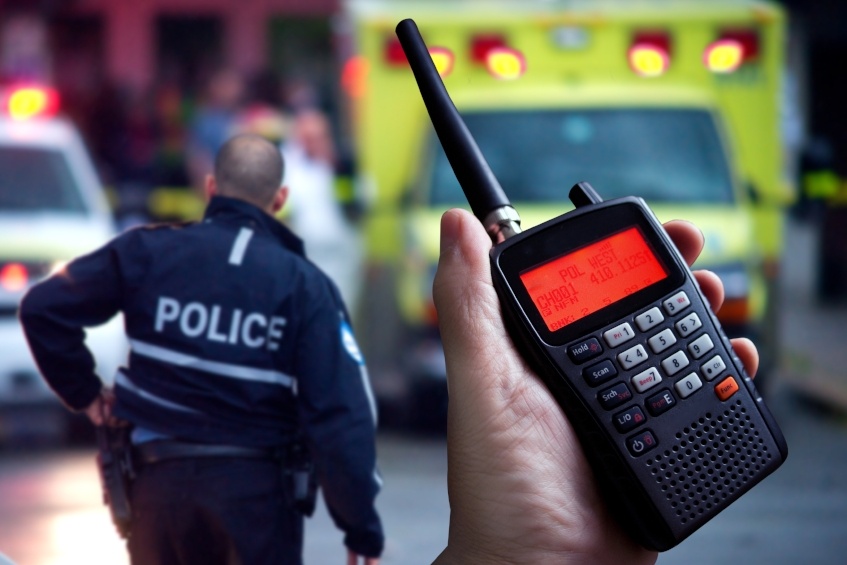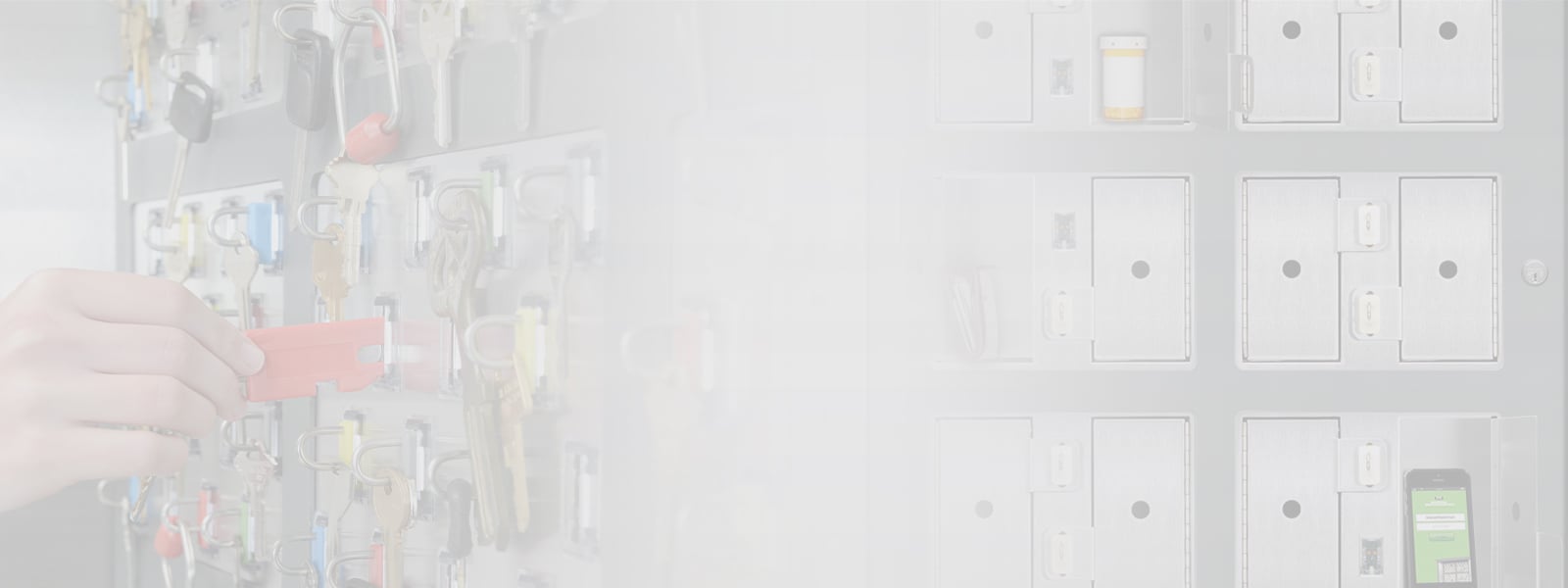
A law enforcement officer’s workday can be stressful and challenging. One way to decrease friction at the beginning and end of each day is to ease the checkout and check-in process for items such as two-way radios, mobile devices, laptop computers and firearms. An asset management system with RFID technology is the best solution for this.
When an officer goes to collect a tool, such as a two-way radio, at the beginning of a shift, it’s imperative that the item be in full working order. The consequences of the officer discovering in the course of an incident that the radio is not working properly are unacceptable; the officer’s life, as well as the lives and safety of others, could be put at risk. When it comes to public safety, there is no margin for error on having all weapons, communications devices and other technology in perfect working order at all times.
An asset management system can make it much easier for officers to help ensure that radios and other vital tools are always maintained properly. On returning a compromised radio to the asset management system, the officer can add a note alerting management that the radio isn’t working, enabling them to take the item out of commission and ensure that no other officer can remove or use the radio until it has been repaired.
As police departments look to new technology to make the force more effective and keep the populace safer, they need a better way to secure these costly devices. An asset management system locks each item safely away; with access only available to those authorized to remove it. Each locker is individually configured so management can enable access by user, time of day and other conditions. An audit trail shows who replaced or removed an item and at what time. RFID tracking for each device shows whether or not it is in the cabinet and which locker it has been placed in.
With asset management, there can be no question about whether an officer returned their tools and devices at the end of their shift. When that officer uses their credentials to open a locker and replace an RFID-tracked item into that locker, the data is recorded and can be polled at any time as part of a report or audit trail. This helps with accountability and enables the district to keep close track of any infractions in utilization of technology, weapons or other devices.
As a society, we ask a lot of our police officers. They put their own safety on the line in order to help the rest of us. To help them do their job as well as possible, it is important to provide them with the tools they need, when they need them, in functioning order. On the management side, in a time where budgets are stretched it is essential to oversee usage, reduce waste from over purchasing and keep track of all devices in inventory. Asset management systems make it easier for districts to do all of this, and more.



